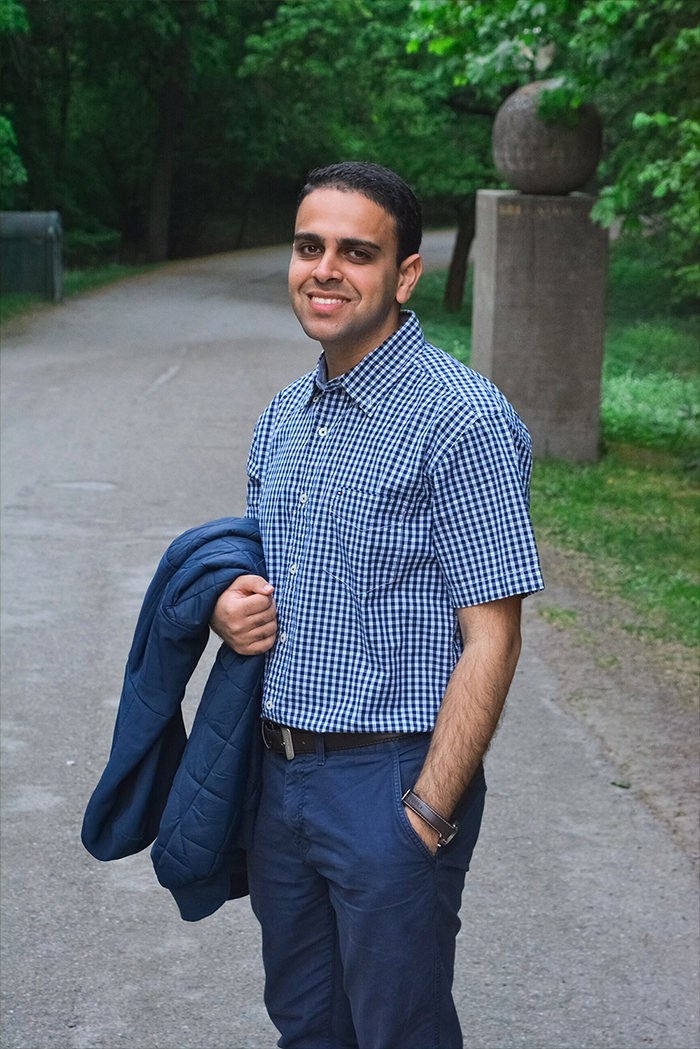Bishoy Hanna - ERS 5
Name: Bishoy Hanna
Nationality: Egyptian
Main Host Institution:
Karolinska Institute, Stockholm
Academic Background:
Master’s degree in Molecular Biology, International Max Planck Research School, Georg-August-Universität Göttingen, Germany.
Diploma in Microbiology and Immunology, Faculty of Pharmacy, Cairo University, Egypt.
Bachelor of Science (B.Sc.) in Pharmaceutical Sciences and Biotechnology, German University in Cairo (GUC), Egypt.
Project Title:
Targeting glycosylases involved in repair of DNA oxidative damage for cancer therapy
Project Background:
Despite being the carrier of genetic information, DNA is far from chemically inert. It is constantly being attacked by a number of exogenous and endogenous DNA damaging agents. One threat to genetic integrity comes from reactive oxygen species (ROS). Multiple lines of evidence show that high levels of ROS can promote tumor proliferation and metastasis, however this comes at the cost of causing oxidative damage to macromolecules. To cope with the oxidatively induced DNA damage, the base excision repair (BER) pathway comes into play to recognize and repair DNA oxidative lesions. Cancer therapy using drugs that interfere with DNA processing enzymes is well established and widely used (e.g. topoisomerase I-II, PARP). Hence, there is proof-of-concept for targeting DNA repair enzymes to be an effective treatment for cancer. We hypothesize that inhibiting DNA glycosylases can provide a new cancer therapeutic approach.
Project Aims:
• Studying the role of glycosylases in BER using first-in-class inhibitors developed in the
lab and shRNA-mediated knockdown systems.
• Identifying the mechanism underlying cell death upon glycosylase inhibition/
knockdown.
• Characterization of novel potent in- house developed glycosylase inhibitors in in vitro
and in vivo models.
Expected Outcome:
Glycosylase inhibitors have the potential to be exploited as anti- cancer drugs, especially for cancers with high oxidative or replicative stress either as monotherapy or in combination with other chemotherapeutics or DNA repair inhibitors. They also have the potential to be employed in synthetic lethality-based approaches for the selective killing of cancer cells. Further characterization of the role glycosylases play in BER and identifying the underlying mechanism of induced cell death upon their inhibition will help us develop a more clear understanding of which tumors can respond better to drug treatment in addition to overcoming any possible acquired resistance.
Contact: http://helleday.org/
